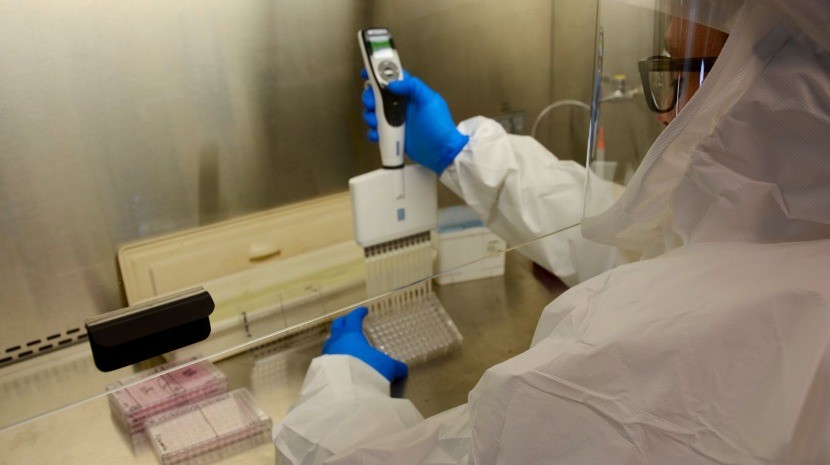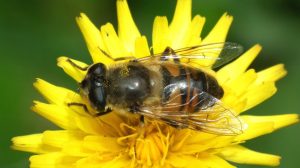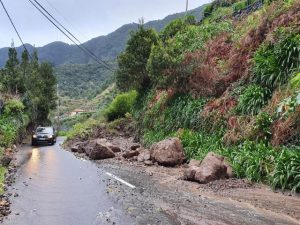Five years after the first cases of contagion of Covid-19 were confirmed in Portugal, Public Health specialist Francisco George warns of new “threats on the horizon” such as the H5N1 flu virus.
“We have to be prepared now, more than ever, for a new phenomenon. There are threats on the horizon,” he said in an interview with the Lusa agency, specifying that it is “the H5 flu virus, which is circulating, above all, in birds and cattle, including dairy cows.”
The first cases in Portugal of contagion by the SARS-CoV-2 coronavirus were confirmed on the 2nd of March 2020, the official date of the beginning of the pandemic in the country.
The President of the Portuguese Society of Public Health (SPSP) considers that contrary to what happened at the time, Portugal today “is well prepared” to face problems that may arise in this field.
“Portugal is better prepared to face problems that may arise, namely, the H5 flu, which, hopefully, is contained within animal species and has not jumped the species barrier, as what happened with Covid-19.”
The Minister of Agriculture said on the 11th of February that Portugal had five domestic and four wild outbreaks of avian flu.
Francisco George notes that there is danger in aviaries and livestock farms, where there is contact with humans, stressing that the risks “have to be well-controlled in problem areas to combat and prevent the spread of the virus.” But he recalls that so far only what epidemiologists call sporadic cases have been recorded, the result of “direct, very close contact” with infected animals, and that transmission between people has not occurred.”
“There is an epizootic [disease that attacks many animals of the same species in the same area at the same time] circulating, that has not impacted on human life. Therefore, it is necessary to strengthen surveillance and take action immediately if cases of human infection occur.”
Epidemiology experts consider the existence of ‘clusters’ or groups of infection, when cases of disease of people related in time and space are confirmed, a situation that is also different from that of an epidemic, which occurs when patient-to-patient transmission is carried out in a chain.
The former Director-General of Health was one of the founders in May 2022 of the SPSP, which brings together experts in various areas, such as medicine, epidemiology, veterinary, and the environment, to study new knowledge and threats and propose, when deemed necessary, control measures to support health authorities.
The first outbreak of avian influenza caused by H5N1 occurred in Hong Kong in 1997 and was controlled through the mass culling of 1.5 million poultry.
In 2003, a new wave of outbreaks began, and since 2015, the flu has affected more than 60 species of mammals, including dogs, cats, and pigs. Carried by wild birds, the virus infected sea lions in South America and minks in Europe.
Between October 2024 and January this year, more than 840 outbreaks of the disease were detected in Europe, mainly in Hungary and Italy.
The transmission of the virus to humans does not happen easily, but when it occurs, the infection can lead to a serious clinical condition and experts from the World Health Organisation (WHO) fear a possible mutation of H5N1 that could, for example, facilitate the spread.
The United Nations agency announced that last year a total of 81 infections in humans were reported, the highest number of cases since 2015.
In the first weeks of this year, two people died from bird flu. One in the United States and the other in Cambodia.
Samantha Gannon
info at madeira-weekly.com





